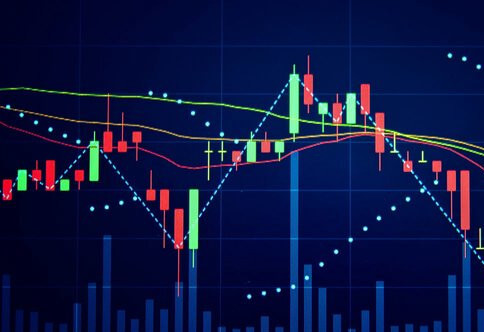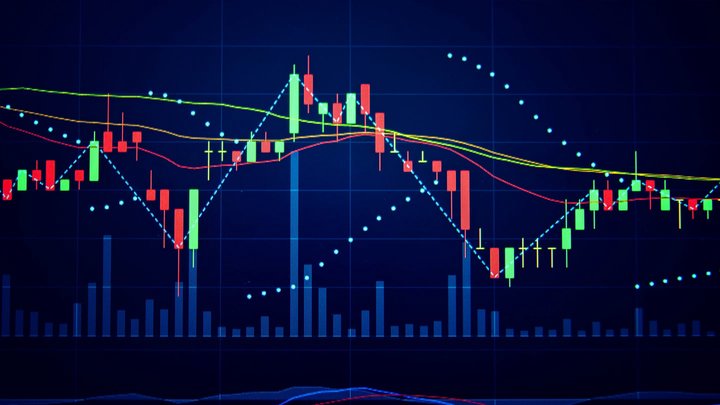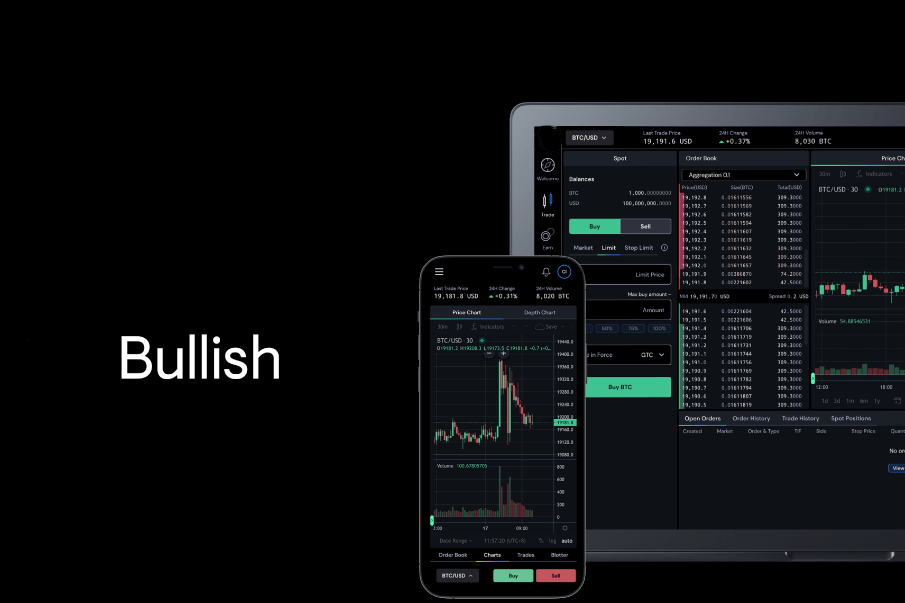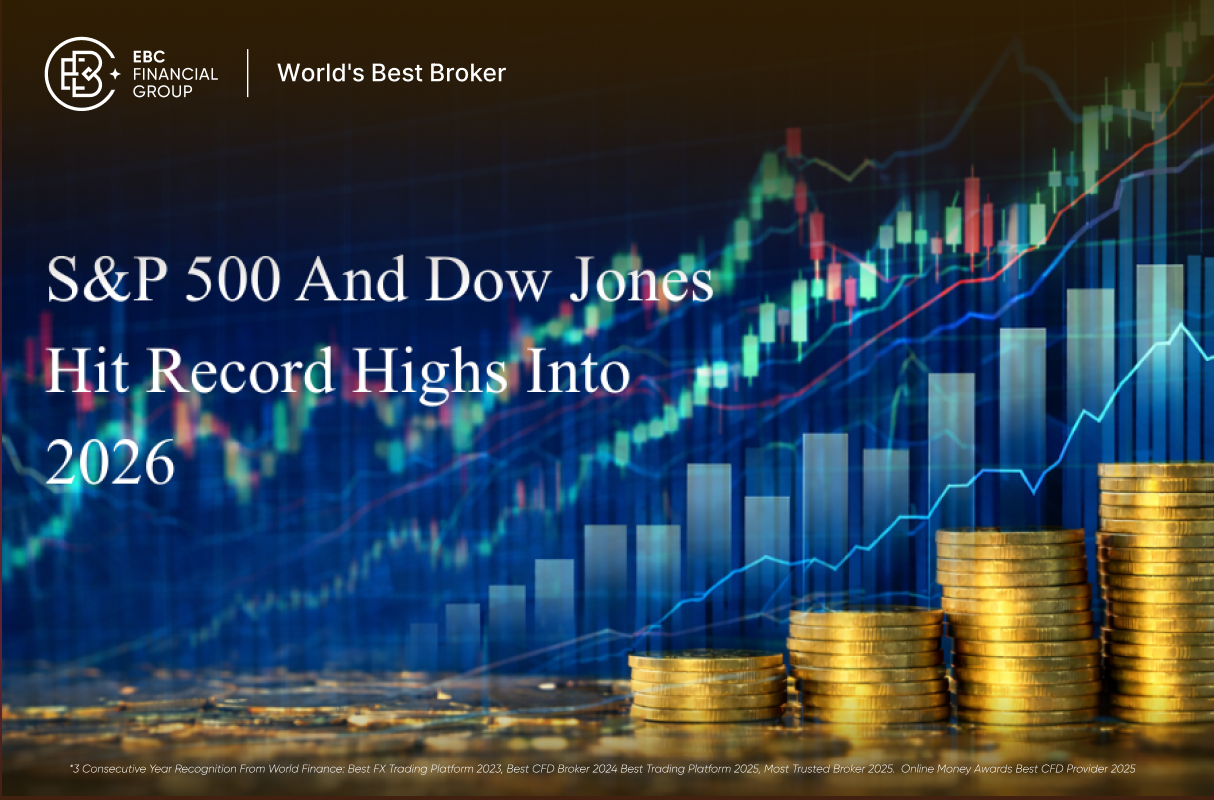Fixed Price Stop Loss:This is the most straightforward method,where you set a specific price level at which your trade will be automatically closed if the market moves against you.For example,if you're long on EUR/USD at 1.1200,you might set a fixed stop-loss at 1.1150.If the price drops to 1.1150,your trade will be closed to limit your loss.
Percentage-based Stop Loss:With this method,you set your stop loss as a percentage of your trading capital or the trade's initial entry price.For instance,if you risk 2%of your trading capital on a trade,and your capital is$10,000,your stop loss would be$200.If you entered a trade at 1.1200,your stop loss would be triggered if the price dropped to 1.1080(1.1200-0.0120).
Volatility-based Stop Loss:Volatility-based stop losses take into account the currency pair's historical price volatility.ATR(Average True Range)is a popular indicator used to set stop losses based on market volatility.The larger the ATR value,the wider the stop loss,and vice versa.This method adapts to the market's current conditions.
Support and Resistance Stop Loss:Traders often use technical analysis to identify key support and resistance levels on price charts.They may set their stop-loss orders just below support or above resistance levels.If the market breaches these levels,it could signal a trend reversal,making it a logical point to exit the trade.
Trailing Stop Loss:A trailing stop loss allows you to lock in profits while allowing the trade to continue if it moves in your favor.It follows the price as it moves in your favor but doesn't move against you.For example,you could set a trailing stop loss 20 pips below the current market price,and if the price moves up by 30 pips,the stop-loss order will move up with it,maintaining a 20-pip buffer.
Time-based Stop Loss:Instead of basing the stop loss on price levels or indicators,you can set a time-based stop loss.This means you exit the trade after a predetermined period,regardless of the market's price action.This method can help prevent trades from lingering too long,especially in volatile markets.
Fundamental Stop Loss:This approach involves setting stop losses based on fundamental factors,such as economic news releases or events that may impact the Forex Market.For example,you might use a stop loss when trading around major economic announcements to protect against unexpected market reactions.
Correlation Stop Loss:If you have multiple trades open in correlated currency pairs,you can use correlation-based stop losses to manage risk.If one trade goes against you,it may signal potential movement in the correlated pairs,prompting you to close or adjust those positions as well.
It's important to note that the choice of stop-loss method should align with your trading strategy,risk tolerance,and market conditions.Additionally,no stop-loss method is foolproof,and forex trading always carries inherent risks.Risk management should be a top priority for forex traders to protect their capital and minimize potential losses.



























